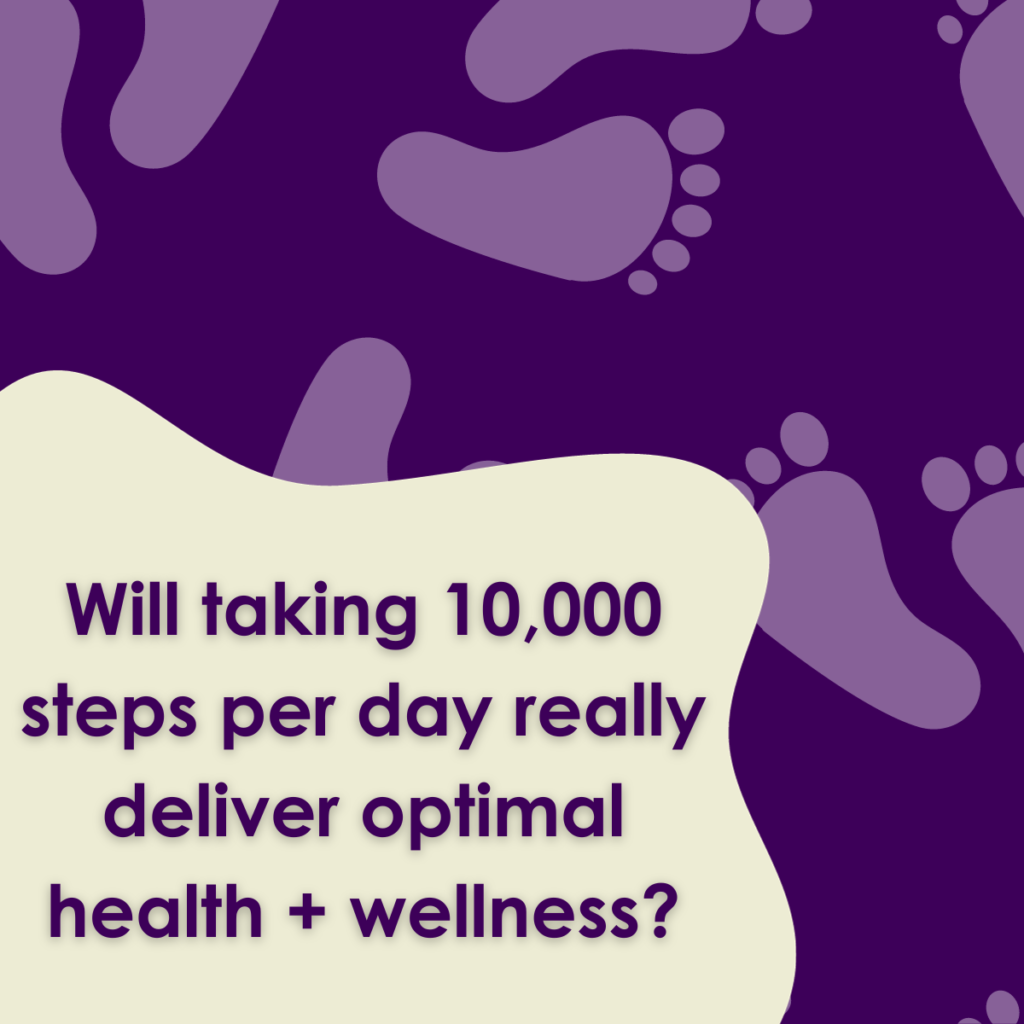
When you ask someone how many steps they plan to walk each day, a common response is ‘10,000’ – the “golden number” of steps to strive for.
The 10,000 steps-a-day regime has become so entrenched in our popular culture, that reaching 10,000 steps is considered the pinnacle of health & wellness.
Originating in Japan in the mid-60s, the 10,000 steps a day challenge was created as part of a marketing campaign for the first commercial pedometer, coined the ‘Manpo-kei’, or ‘10,000 step-metre’.
So we thought we would delve a little deeper into the 10,000 steps a day challenged, & determine whether this volume of steps actually has any scientific basis. Or is rather, an arbitrary figure?
What we discovered is that walking less than half of this golden figure (4,000 steps per day) is recommended for maintaining an active lifestyle, according to new research published in the European Journal of Preventative Cardiology (Eur. J. Prev. Cardiol).
Once you pass the threshold of 4,000 steps a day, researchers determined your risk of dying from any cause significantly declines. In fact, this threshold was even lower for certain conditions, with 2,500 steps per day associated with a reduced risk of dying from cardiovascular disease (CVD).
These trends remained fairly consistent across geographic locations, & gender.
However, the researchers did identify some marked differences between people of different ages. Adults older than 60 were found to have a reduction in mortality by 42 per cent, when they walked 6,000 to 10,000 steps a day. Alternatively adults younger than 60 saw a 49 per cent reduction when they walked between 7,000 and 13,000 steps per day.
These findings should not, however, dissuade you from taking a longer stroll, as the researchers also determined that the more movement involved, the better.
In fact, each additional 1,000 steps a day has been associated with a 15 per cent reduction in a person’s overall risk of death.
Importantly, the researchers did not find a point at which taking additional steps was less beneficial. Even taking 20,000 steps per day was seen to provide some value.
So, there’s no need to feel guilty for not reaching 10,000 steps a day.????
While more movement is better, small movements are better than complete inertia!



